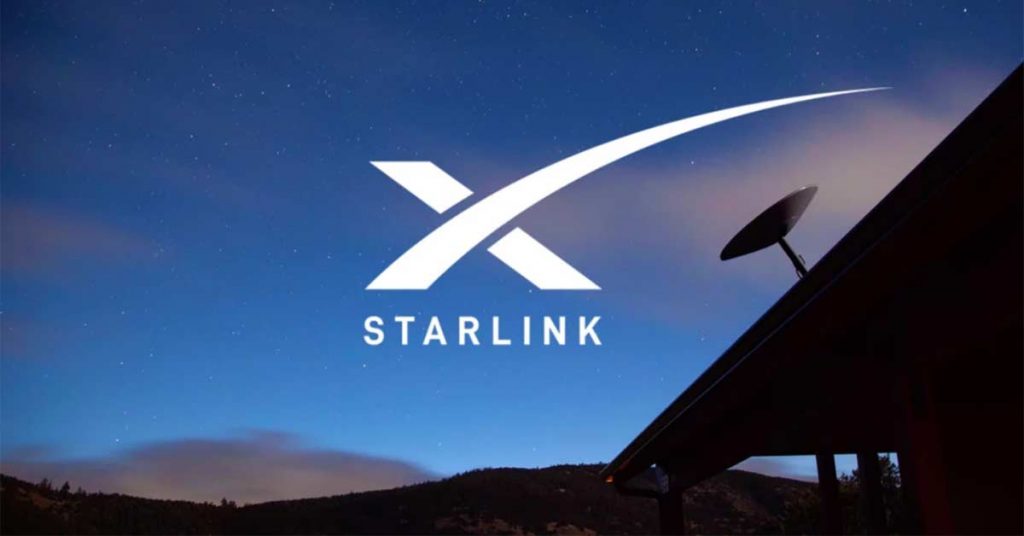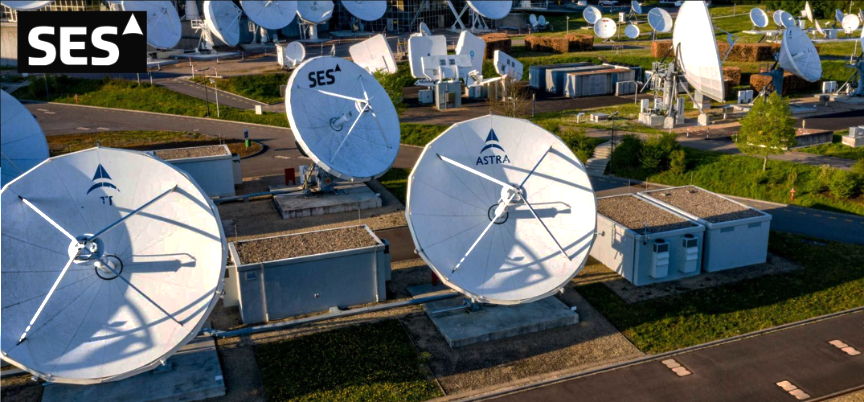
Starlink is pausing its subscriber drive in several African countries because of “soaring demand for its broadband service”. SpaceX says too many users are trying to access the Starlink service in those regions which are currently at network capacity. One local commentator said that Starlink demand has been “skyrocketing”.
One source said that Starlink’s network capacity has reached its limit, forcing the company to put a hold on taking on new customers. It was not immediately clear which African cities or regions have been affected.
Expert commentary stated that some Africa regions are suffering an infrastructure deficit where even urban areas lack fiber, and where users who are depending on cellular services find them inadequate and slow.
Elon Musk admitted (via X) that it was Africa’s urban centers that were suffering and said, “Please note that there is still significant capacity outside of city centers.”
November 7th is due to see SpaceX target two Starlink launches. One will be on the California coast from Vandenburg Air Force Base to loft 13 Starlink ‘direct-to-cellular’ craft as well as seven conventional broadband satellites. The second launch is scheduled from Cape Canaveral and is due to carry 23 Starlink broadband satellites into LEO.
As at November 5th, SpaceX had launched 7,118 Starlink satellites, of which 5,922 were working as planned.
SpaceX has also now launched 400 of its Falcon 9 reusable rockets. The firm says that while it will not quite manage its original target of 144 launches this year, it is still targeting 30 more launches before the year ends. Its total for 2023 was 96 launches.
SES results ahead of expectations

Sami Kassab , an equity analyst at investment bank BNP/Paribas, summed up the latest (Q3 and year-to-date) revenue numbers from satellite operator SES and describing them as “solid… and ahead of consensus”. His comments were made despite the ever-declining income from SES’s once-vital Video division.
But even in Video there was an improvement (-3 percent decline for this latest quarter-year, against -5.5 percent lower for the year to date). Video/Media now represents 47 percent of overall income for SES and management confirmed during the analysts’ call that it expects Video/Media to continue showing a reduced rate of decline at 3 percent in Q4 and expect Government, Fixed Data and Mobility to show a sequential improvement in Q4. Aviation and Cruise were up in high single digits in the year to date.
SES’s ‘hero’ revenue verticals were all within its Network division which was up +2.9 percent YOY with high single digit growth in Government, Aviation, and Cruise. Overall, its revenue of €1.47 billion (-1.1 perent YOY) and Adjusted EBITDA of €775 million (-2 per ent YOY).
SES said, “€900 million renewals and new business. Signed $200 million NATO government contract for O3b mPOWER; Thai Airways and Turkish Airlines for SES Open Orbits; multi-year media renewals with Sky, Warner Brothers Discovery, Telekom Srbija, RTL, and ORF/ORS.”
Adel Al-Saleh, CEO of SES, said, “2024 financial performance continues to track in line with our expectations, reflecting solid execution and the strength of SES’s differentiated customer solutions across our target segments. We expect to deliver Full Year 2024 revenue and Adjusted EBITDA at the top end of our outlook, as we work towards improving the business’ growth trajectory.”
He continued: “Our Networks business continues to grow led by high single digit growth in Government, Aviation, and Cruise. The launch of mPOWER satellites 7 and 8 is on track for December 2024 which, along with the launch of satellites 9, 10, and 11 during 2025 and satellites 12 and 13 at the end of 2026, will add much needed capacity to the constellation to support the rapidly expanding demand for our MEO-based vertical solutions. In Media, we expect our solid Q3 2024 performance to continue for Q4, underscoring the underlying value of our core TV neighborhoods and customer offerings, as reflected by the important multi-year deals signed this year.
“The regulatory process for the Intelsat acquisition is beginning to gather pace with a number of clearances already granted, while the integration planning has further advanced to ensure execution from Day 1 of closing which remains on course for H2 next year,” he stated.
“Lastly, the award to SES and our consortium partners to design, deliver, and operate Europe’s sovereign multi-orbit IRIS2 government communications network creates value for the European Union and enables the expansion of our differentiated MEO infrastructure, where customer demand continues to grow, while remaining committed to all our financial policy objectives.”
SES’s fully protected contract backlog on September 30th 2024 was €3.7 billion (€4.6 billion gross backlog including backlog with contractual break clauses), of which Media was €1.9 billion (€2 billion gross backlog) and Networks was €1.8 billion (€2.6 billion gross backlog).
For Full Year 2024, group revenue and Adjusted EBITDA (assuming an FX rate of €1=$1.09, nominal satellite health, and nominal launch schedule) are expected to be at the top end of the range of €1,940-2,000 million and €950-1,000 million respectively, with growth in Networks revenue expected to mostly offset lower year on year Media revenue.
BNP/Paribas added in its commentary, “SES share price has been weak year to date in the context of investors’ concern on the long-term competitive developments with Starlink entering Aviation and progressing in Maritime. However, we continue to argue that SES infrastructure is sufficiently differentiated from Starlink to win its fair share of the demand and that government support (IRIS²) will contribute to a sustainable return to growth. Following today’s beat and raise we expect a positive share price reaction (+2 percent).”
Kassab was correct, and in morning trading, SES’s share price rose 6 percent to €3.70. However, on November 6th, its shares had hit an “all time low” of just €3.50. Kassab said: “We continue to believe that SES should be able to return to sustainable growth from next year onwards.”

